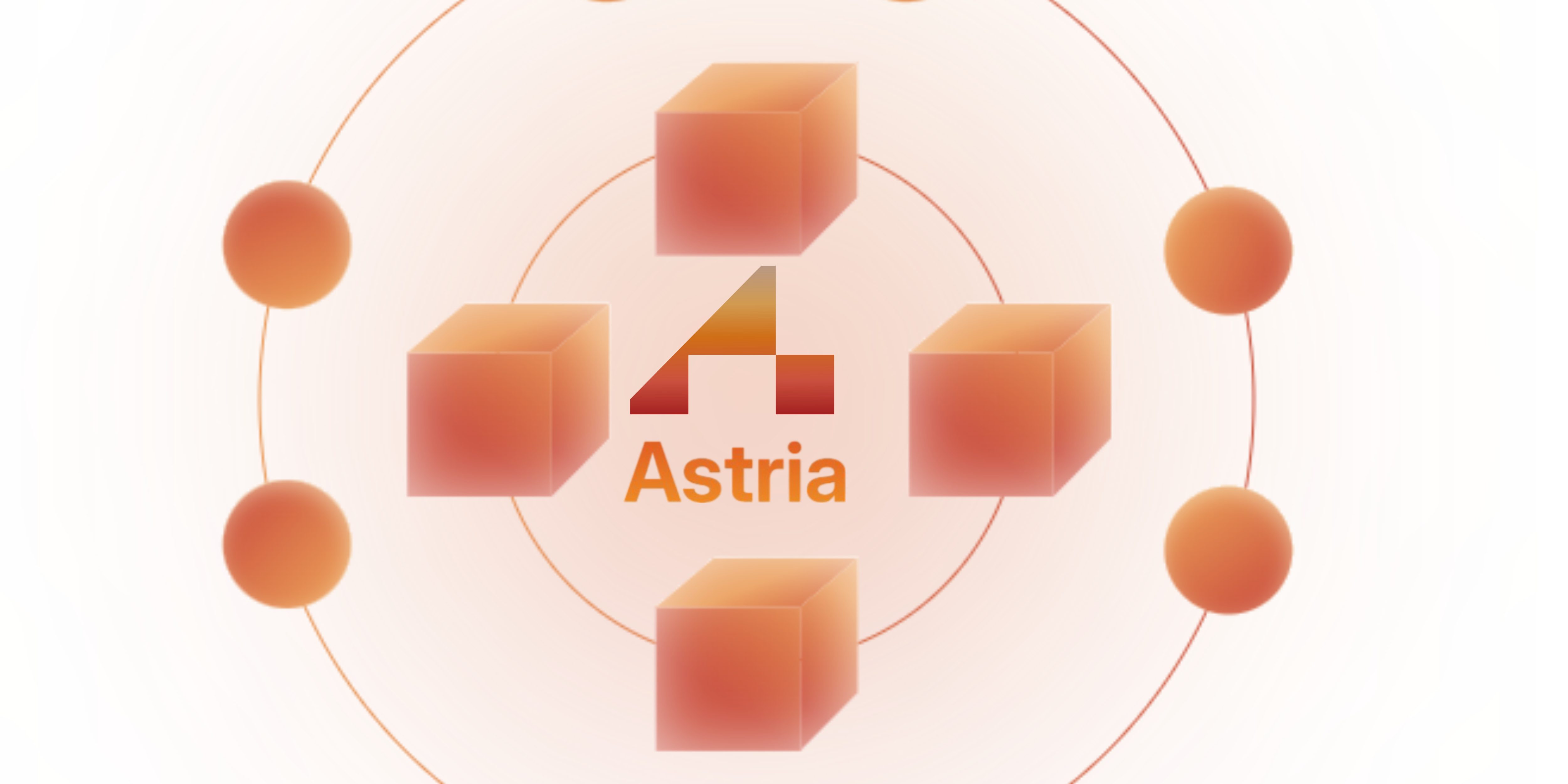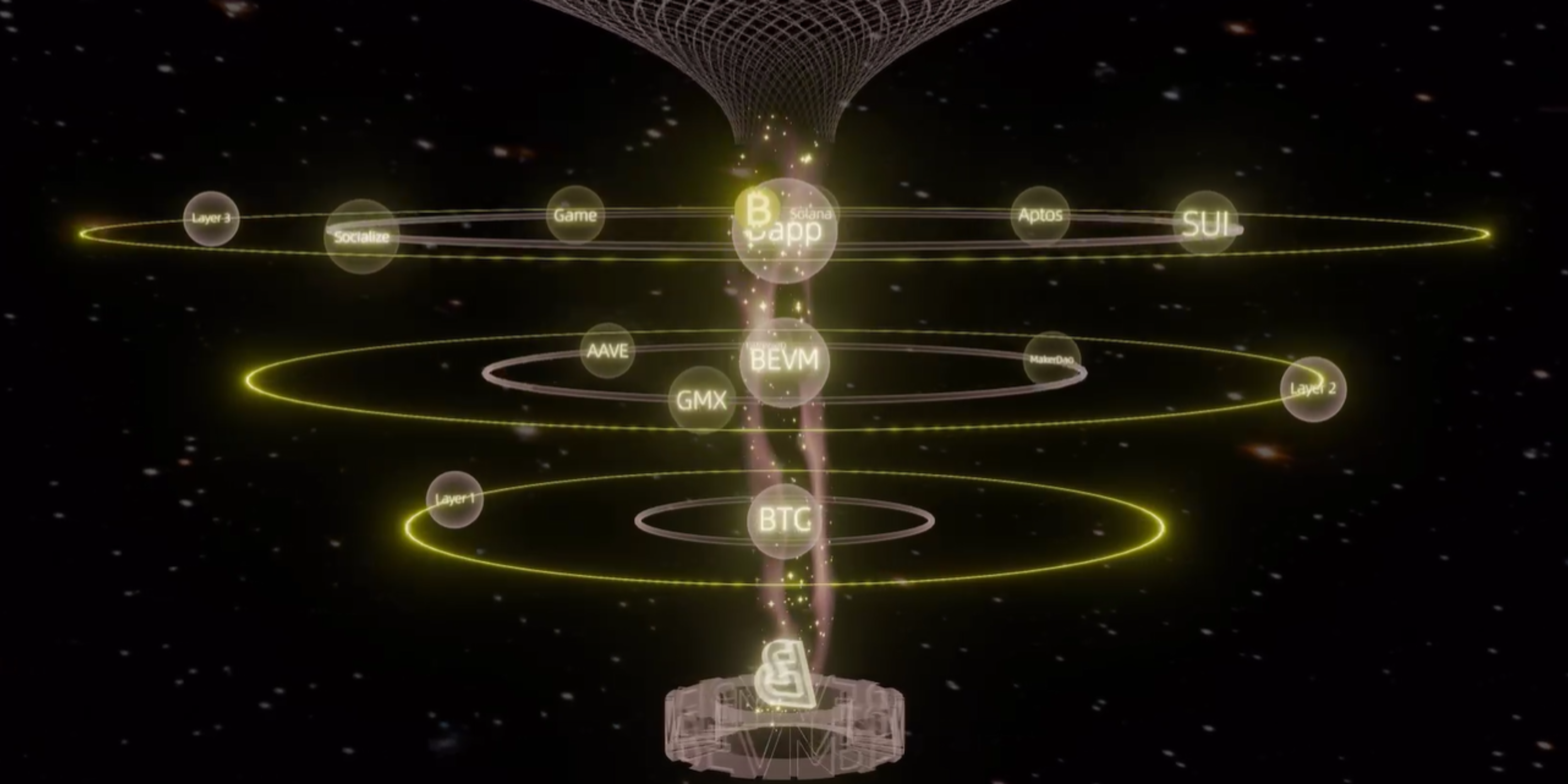Introduction
Astria represents an innovative approach in the realm of decentralized finance. It offers a shared sequencing network that enables multiple rollups to utilize a single, decentralized network of sequencers. These sequencers, characterized by their simplicity and permissionless nature, replace traditional centralized counterparts, positioning Astria as a vital middleware solution. This review delves into Astria’s technological innovation, architecture, code quality, product roadmap, usability, team, and overall impact on the decentralized finance ecosystem.
Innovation
Astria’s primary innovation lies in its shared sequencing network. By enabling atomic transaction inclusion across rollups through native transaction bundles, Astria enhances interoperability and functionality. Users gain the ability to execute conditional transactions, facilitating complex operations such as atomic cross-rollup arbitrage. This capability significantly advances the potential for decentralized finance, promoting a more interconnected and efficient blockchain ecosystem.
Architecture
Astria‘s architecture is meticulously designed to optimize transaction processing and network efficiency. The core components include the Composer, Sequencer, Relayer, and Conductor. The Composer abstracts actors in the MEV supply chain, bundling rollup transactions. The Sequencer, utilizing CometBFT, orders transactions without immediate execution. The Relayer efficiently transfers sequencer-validated blocks to the Conductor and the data availability (DA) layer. The Conductor ensures deterministic execution of sequencer-ordered blocks across rollups, maintaining seamless transaction processing and network efficiency. Celestia is the DA layer to finalize transaction orders and serves as the primary data source for new rollup node initialization.
Code Quality
Astria’s code quality reflects a robust development process and attention to detail. The project‘s codebase demonstrates clarity, modularity, and adherence to best practices in software development. However, there remains scope for further testing and optimization to ensure maximum reliability and performance. The development team’s active involvement in addressing issues and iterating on the codebase underscores their commitment to maintaining high standards.
Product Roadmap
Astria‘s product roadmap is ambitious, with plans to enhance the functionality and scalability of the shared sequencing network. Key milestones include:
- Expanding the network to support more rollups.
- Improving transaction throughput.
- Integrating additional features to enhance user experience.
The project is live on the Dusknet-2 testnet, which utilizes Celestia’s Mocha testnet. This provides a robust testing ground for future developments.
Astria Usability
From a usability perspective, Astria’s design prioritizes simplicity and accessibility. The permissionless nature of the sequencers ensures that participants can quickly join and contribute to the network. The seamless integration of the sequencing layer with rollup software further simplifies the user experience, allowing for straightforward updates and maintenance. However, ongoing efforts to improve documentation and user support will be crucial in facilitating broader adoption and ease of use.
Team
Astria’s development team is a diverse and skilled group of professionals, bringing together expertise from various backgrounds. Their collective experience in blockchain technology, software development, and decentralized finance positions them well to drive the project’s success. The team’s commitment to innovation, quality, and community engagement is evident in their active participation in the project’s development and their responsiveness to feedback.
Conclusion
Astria’s shared sequencing network significantly advances the decentralized finance landscape. By enabling multiple rollups to leverage a single, decentralized network of sequencers, Astria promotes interoperability, scalability, and decentralization. The project’s robust architecture, high code quality, and ambitious product roadmap position it as a critical player in the blockchain ecosystem. With continued focus on usability and community engagement, Astria has the potential to reshape the future of decentralized finance, unlocking new possibilities and driving widespread adoption.
| Initial Screening | |||
| Keep researching | |||
| Does this project need to use blockchain technology? | Yes | ||
| Can this project be realized? | Yes | ||
| Is there a viable use case for this project? | Yes | ||
| Is the project protected from commonly known attacks? | Yes | ||
| Are there no careless errors in the whitepaper? | Yes | ||
| Project Technology Score | |||
| Description | Scorecard | ||
| Innovation (Out Of 11) | 9 | ||
| How have similar projects performed? | Good | 2 | |
| Are there too many innovations? | Regular | 2 | |
| Percentage of crypto users that will use the project? | 6% – 10% | 3 | |
| Is the project unique? | Yes | 2 | |
| Architecture (Out of 12) | 11 | ||
| Overall feeling after reading whitepaper? | Good | 2 | |
| Resistance to possible attacks? | Good | 2 | |
| Complexity of the architecture? | Not too Complex | 2 | |
| Time taken to understand the architecture? | 20-50 min | 1 | |
| Overall feeling about the architecture after deeper research? | Good | 4 | |
| Has the project been hacked ? | No | 0 | |
| Code Quality (out of 15) | 13 | ||
| Is the project open source? | Yes | 2 | |
| Does the project use good code like C,C++, Rust, Erlang, Ruby, etc? | Yes | 2 | |
| Could the project use better programming languages? | No | 0 | |
| Github number of lines? | More than 10K | 1 | |
| Github commits per month? | More than 10 | 2 | |
| What is the quality of the code? | Good | 2 | |
| How well is the code commented? | Outstanding | 2 | |
| Overall quality of the test coverage? | Good | 1 | |
| Overall quality of the maintainability index? | Good | 1 | |
| When Mainnet (out of 5) | 5 | ||
| When does the mainnet come out? | 6 months after TGE | 5 | |
| Usability for Infrastructure Projects (out of 5) | 5 | ||
| Is it easy to use for the end customer? | Yes | 5 | |
| Team (out of 7) | 6 | ||
| Number of active developers? | 5+ | 2 | |
| Developers average Git Background? | Intermediate | 1 | |
| Developers coding style? | Solid | 2 | |
| Total Score (out of 55) | 48 | ||
| Percentage Score | |||
| Innovation | 16.36% | ||
| Architecture | 20.00% | ||
| Code Quality | 23.64% | ||
| Mainnet | 9.09% | ||
| Usability | 9.09% | ||
| Team | 9.09% | ||
| Total | 87.27% |





